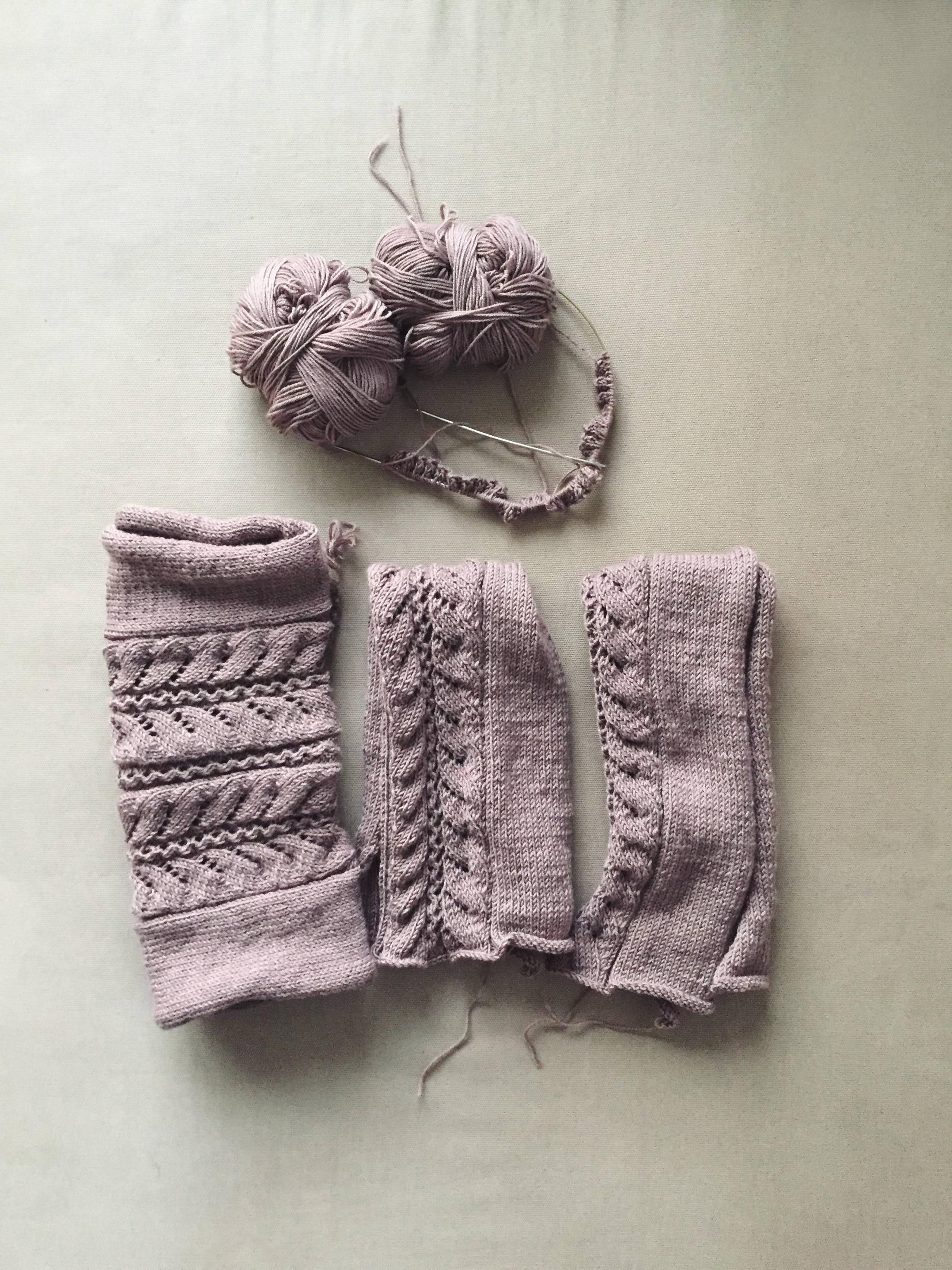
If you want a scarf that looks great, the best finishing techniques are essential. Although it can seem daunting to finish a knitting project, it is not as difficult as you might think. There are some simple tricks that can help you get the final product you desire. These tips will help you avoid the pitfalls that can come with completing a project. You can still achieve the results you desire.
You must choose the right yarn to finish knitting. Acrylics are an excellent choice for beginners because they are easy to work with and can be easily reworked in the event of a mistake. You should try knitting if this is your first time. This will make sure that your product lasts.
The cable method is the easiest way to get started with knitting. To start, hold your hands up to the needles. The right hand needle is inserted into the first stitch on the left needle. The working yarn should be wrapped around the righthand needle from the top to the bottom. The left-hand needle will be used to make a new loop. This is the most important step, as it ensures that you don't slip a stitch on the wrong side of your work.

You will need to knit a scarf with the same width from one end to the other. This will ensure that your finished product is exactly the same as your work's edges. This pearl pattern can be used to prevent your work from being bent.
The finishing trick is to weave in your ends. This can either be done with a tapestry stitch needle or a regular pair. Make sure that the correct color is used and that you weave the yarn through the proper fabric. You may want to wrap the yarn around your finger first and then feed it through your fingers to ensure that the end of the yarn is not wrapped around your palm.
The most efficient way to finish knitting a scarf is to use the right yarn, and to follow the right knitting pattern. An acrylic blend is a better choice if you're unsure which yarn to choose. They are easier to work with.
It can take hours to finish a scarf. It is important to block the scarf after you have finished. You will need special blocking needles to block the scarf. They are used for pushing the scarf into the desired shape. Make sure the edges are parallel. These steps can be tricky to figure out, so follow these simple tips to ensure that you get the finish that you're after.

Slip knots are another way to finish knitting a scarf. A slip knot refers to a loop with an adjustable end. Slip knots can be made by pulling through the yarn.
FAQ
What are some hobbies that you like?
Hobby Ideas for People who Love to Learn and Teach Others.
Hobbies allow you to enjoy what you love while also learning new things.
There are many kinds of hobbies. However, all have the same characteristics. These are fun, easy activities that cost little and don't take too much effort.
These also involve helping others.
You may not think of yourself as a teacher but there might be something you could do in order to help someone else learn.
If you're looking for more creativity in your life, think about starting a hobby so you can share your talents with others.
Why do we require hobbies?
Hobbies play an integral part in our lives. It allows us to unwind and recharge, think creatively, exercise, socialize, have fun, and allow us to enjoy life. You can also learn new skills and develop lifelong interests.
Hobbies can help us find meaning and purpose.
They are great for spending your free time when there's not much else.
They're even fun!
If you don't have time for a hobby, then you probably don't have time for anything else either.
Take a look at the many options that are available to you. Maybe you should consider starting a hobby.
What are some hobbies that seniors might enjoy?
Senior citizens should have fun activities that they enjoy doing. Active seniors should take up sports and other physical activities.
They may want to join clubs that allow them to meet others with similar interests. They will feel less lonely as their age.
Senior citizens need to be aware of the latest trends. They could be interested in fashion, art, music and literature.
Where can I find resources for learning more about hobbies?
There are many websites that help people find new hobbies.
These are our top picks:
www.trythisathome.com - This site provides a list of over 100 different hobbies. It also offers information on how each one can be started.
www.hobbyfinders.org offers a huge database with thousands of activities. You can search for your interests, skills, location, and many other criteria.
www.indiebazaar.co.uk - IndieBazaar is an online marketplace designed specifically for independent artists and musicians. This site offers hundreds of products, ranging from artwork and music gear.
www.pinterest.com/explore/hobbies - Pinterest is a social media network that lets users "pin" images they find interesting onto their boards. Boards allow users to organize things they like into specific categories.
www.reddit.com /r/Hobbies - Reddit is another social media platform that lets users post links to articles, videos, or other types of content. Voting allows users to vote for the most valuable posts.
Statistics
- This 100% accurate personality-analyzing hobby quiz discovers your passion based on your characteristics. (quizexpo.com)
- I am 100% biologically a woman (discover.hubpages.com)
- A new survey by Pew Research Center of teens ages 13 to 17 finds that 36% of girls feel tense or nervous about their day every day; 23% of boys say the same. (pewresearch.org)
- Almost 80% of people claim to have no hobby. (hobbylark.com)
- In comparison, men in the “no humor” condition were refused 84.6% of the time and were only accepted 15.4% of the time. (time.com)
External Links
How To
How to start gardening
Gardening is one form of agriculture that dates back to the beginning. It takes patience, persistence, determination, and perseverance. The first step to starting a garden is to pick a spot where you will grow food. This could be a large plot of land or even just a small area in your backyard. Next, choose what kind of plants you would like to grow. Are you more fond of flowers or vegetables? Some people enjoy growing herbs while others love raising livestock such as rabbits. Before you decide on what type of crops to plant you need to take into consideration how much space you have. You might consider growing berries or fruits if you live in a cold climate.
After choosing what you want to plant you need to prepare your soil. How your plants perform is dependent on how well the soil you use. Organic matter is essential for the health and well-being of your plants. Organic matter includes leaves, twigs (grass clippings), manure, compost, and manure. Once you have prepared your soil, you need to add nutrients. You might need different amounts, depending on the species of plants that you want to grow. A fertilizer calculator online can help you determine these values. Many fertilizers are available, so make sure you know what you are buying.
Now, wait for your seeds to germinate after you have prepared your soil and added the necessary nutrients. The process typically takes 2 to 3 weeks depending on the weather conditions and temperature in your area. Once the seeds have sprouted you will need to water them often. You can endanger your plants if you water them too often or too little. Avoid overwatering your plants. Overwatering can result in root rot, fungal diseases, and even death. Consider that plants generally need less water in the warmer months than they do in winter. Remember that some plants require drying out after being watered. For example tomatoes should be kept slightly moist and not wet. They are not happy to be in soggy soil. After plants finish flowering, they need to go dormant. Plants go dormant when they stop producing new growth and instead store energy for next year's harvest. During dormancy, the plant stops sending signals to its roots telling them to produce food. During this period, plants continue to store energy. However, if the temperatures drop below freezing and there isn't enough sunlight, the plant will go to sleep.
You may be limited in what plants you can grow if you live in an urban area. Concrete sidewalks, roads and buildings are common in urban areas. They block sunlight from reaching the ground. Concrete absorbs sunlight and blocks the soil below from receiving adequate sun exposure. Many plants are unable to survive in urban areas due to the lack of sunlight. There are still plants that thrive in urban environments. Many perennials, trees, and shrubs are able to adapt to urban living. Many annuals can also be grown indoors in container gardens. You can bring greenery inside your home all year round, regardless of the weather.
You are now ready to plant your garden!